When I was 11 years old I remember struggling to understand the concept of a metaphor. There is a wonderful poem, The Highwayman by Alfred Noyes which opens with three super metaphorical descriptions to set the scene…
The wind was a torrent of darkness among the gusty trees,
The moon was a ghostly galleon tossed upon cloudy seas,
The road was a ribbon of moonlight over the purple moor,
However, my difficulty, as a child was that I felt I could never achieve the brilliance of this poet. In many ways it was a top-down approach to learning about metaphor, beginning with the finest examples and then, me and the rest of the class trying desperately hard to mimic at a sub-standard level the concept in our own writing. So one thing I’m keen to do, is to introduce metaphor from a bottom-up approach starting with what children do best…
One of the strengths about working in a natural setting is that it can help children develop their imagination through the use of metaphor in nature. When children play in a wood or on a beach, they quickly start using one object to represent another. For example in the photo below, the tree trunk has become a house and the children are using the bark as plates.

Taking this concept and adapting it is helpful for older children when formally introduced to the concept of a metaphor. There is a book called Not a Stick by Antoinette Portis which demonstrates very simply how a stick is used lots of different ways. It is not a stick!
Children can find a stick outside, bring it back to the gathering space and the class can enjoy doing a dramatic round, where they take it in turns to show what their stick has become, “It’s not a stick, it’s a … ” and everyone can mime the idea. As we all know, sticks can be fishing rods, light sabers, wands and many other things.
From here, children can research traditional sayings and idioms that use metaphors and learn about what they mean. Ones that spring to mind include:
- Turning over a new leaf
- Barking up the wrong tree
- Stone the crows
As a follow up, undertake a simple activity like a leaf slide show. The children study the patterns and structure of leaves by holding them up to the sunlight. What does the vein pattern below remind you of? A star? The skin of an alien?

Children can use this as a brainstorming opportunity to come up with loads of ideas and narrow them down to one or two favourites. Once a simple metaphor has been chosen, such as a star, then a child can up level this to a more descriptive metaphor such as “The leaf is a star-bursting sun filter.” (That’s my quick idea which children almost always better!)
From here, the class can start enjoying The Highwayman and other fine examples of metaphor and hopefully will be inspired by such a classic poem knowing that they too, can write effectively this way.




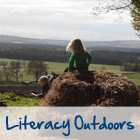
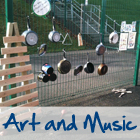
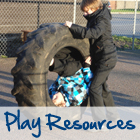
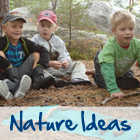

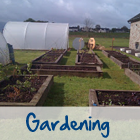
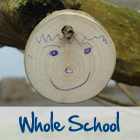



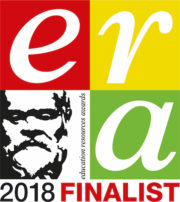



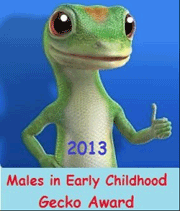
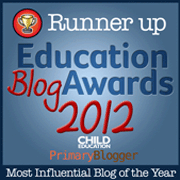
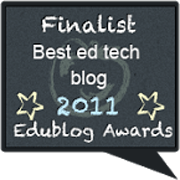
Juliet, you’ve done it again – great post. I remember that poem from school too! And funnily enought the ‘It’s not a stick book’ was all over my page last week. I think you are right if the youngest childrne are given the free reign with loose parts they will be much better at writing ideas when the time comes. The new curriculum in N.I had the aim to get children talking long before they have to write their stories etc.
makes me think of ‘kennings’ …like in Norse, where the sea becomes ‘the whale’s road’
What a fabulous way to come at metaphors – I find them tricky to explain but this slant is so practical and SENSIBLE!!! WOW! Thank you. We do forest schools and I LOVE your blog!
http://middlehampri2.posterous.com
Mrs M & A Room with a View
Thanks for your feedback. I’m not sure why “Not a stick” has taken so long to be discovered in the UK. I thought I had put it in my EY Forest School list mania on Amazon, but have discovered I didn’t! LOL!
Good point about the Kennings – I think that would add interest too . Thanks Kath.
Mrs Monaghan – thanks for your kind feedback.
A kindergarten class I work with read this wonderful book in preparation for building small mouse homes in the forest at their school. Many children drew their own representation of the ideas from, Not a Stick, in their journals. I felt it gave them a great primer for creative play with sticks and many more examples than the typical gun play that happens with sticks.
Thanks Juliet for sharing!
-Amy Butler
Hi Amy
You are right – books like this are great as a springboard into stick play. Have you heard of “Stick Man” by Julia Donaldson? It’s also full of ideas and has a happy ending!
Best wishes
Juliet
I know this posting was a while ago, but i was looking for inspiration for one of my Fridays a couple of weeks ago.. and that is exactly what this posting did! First thing we watched a short clip of winnie the pooh – playing pooh sticks! We thought and talked about sticks for a while and then i read the It’s not a stick to the whole class ( how great is Amazon.. after reading your blog I ordered the book and had it in 3 days!) I then shared about what we were going to do and one child piped up that we really should make some clear rules – about the sticks! So we did that together on the white board ( and very sensible rules they were too!) then we went out side. We are attached to a huge playing field.. so I let them go for half an hour to choose their stick. Not one broken rule for the whole time! Eventually we all came back into a large circle and then went round the circle.. “it’s not a stick its a……” (OH MY WORD!!!) olympic torch, flag, pole vault, witches broom, wand, fishing rod… on and on.. Once we had done all of that ( and I had recovered from such great thoughts!) we went back inside where they then used a comic board template to write a short story about their stick.
Wonderful session – thank you so much for the inspiration and ideas!